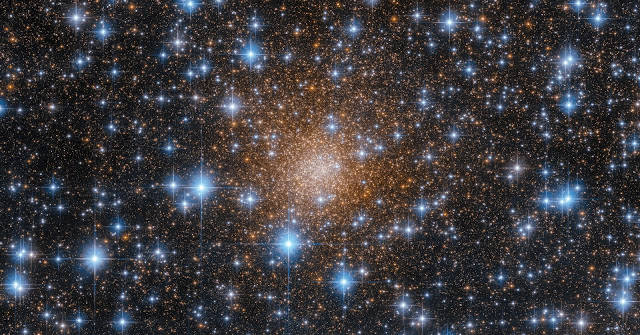NASA's Boeing Starliner Test Flight Astronauts Before OFT-2 Launch
Veteran test pilots and NASA astronauts Suni Williams, left, and Mike Fincke, right, pose for photographs while visiting NASA’s Kennedy Space Center in Florida, May 18, 2022, in advance of the agency’s Boeing Orbital Flight Test-2 (OFT-2) for NASA’s Commercial Crew Program. Boeing’s CST-100 Starliner spacecraft launched atop a United Launch Alliance (ULA) Atlas V rocket from Space Launch Complex-41 at Cape Canaveral Space Force Station on May 19, 2022. Suni and Mike may be chosen to make the first crewed Starliner mission to the International Space Station next year.
Known as Orbital Flight Test-2 (OFT-2), this is the second uncrewed flight for Boeing’s Starliner spacecraft as part of the agency’s Commercial Crew Program (CCP). OFT-2 will demonstrate the end-to-end capabilities of the Starliner spacecraft and Atlas V rocket from launch to docking to a return to Earth in the desert of the western United States. The mission will provide valuable data toward NASA certifying Boeing’s crew transportation system for regular flights with astronauts to and from the International Space Station. Starliner will automatically dock to the International Space Station's Harmony module’s forward port at 7:10 p.m. EDT on Friday where it will stay for approximately five days of cargo and test operations.
NASA Astronaut Sunita Williams Official Biography
https://www.nasa.gov/astronauts/biographies/sunita-l-williams/biography
https://www.nasa.gov/sites/default/files/atoms/files/williams-s.pdf
NASA Astronaut Mike Fincke Official Biography
https://www.nasa.gov/astronauts/biographies/edward-m-fincke/biography
For more info on OFT-2 and Starliner, visit: boeing.com/starliner
Boeing's Starliner and SpaceX's Crew Dragon spacecraft have been developed and tested to fly astronauts to and from the International Space Station from U.S. soil.
Learn more about NASA’s Commercial Crew Program at:
https://www.nasa.gov/commercialcrew
Credit: NASA/Isaac Watson
Image Date: May 18, 2022
#NASA #Space #ISS #Boeing #Spacecraft #Starliner #CST100 #Astronauts #SunitaWilliams #MikeFincke #ULA #Rocket #Atlas5 #CommercialCrew #Test #OFT2 #HumanSpaceflight #Science #Technology #CapeCanaveral #SpaceForce #Spaceport #Florida #LaunchAmerica #UnitedStates #STEM #Education


.jpg)
V1.jpg)
V2.jpg)
V3.jpg)
V4.jpg)
V5.jpg)
V6.jpg)
Exp67-V1.jpg)
Exp67-V2.jpg)
Exp67-V3.jpg)
Exp67-V4.jpg)
V1.jpg)
V2.jpg)
V3.jpg)